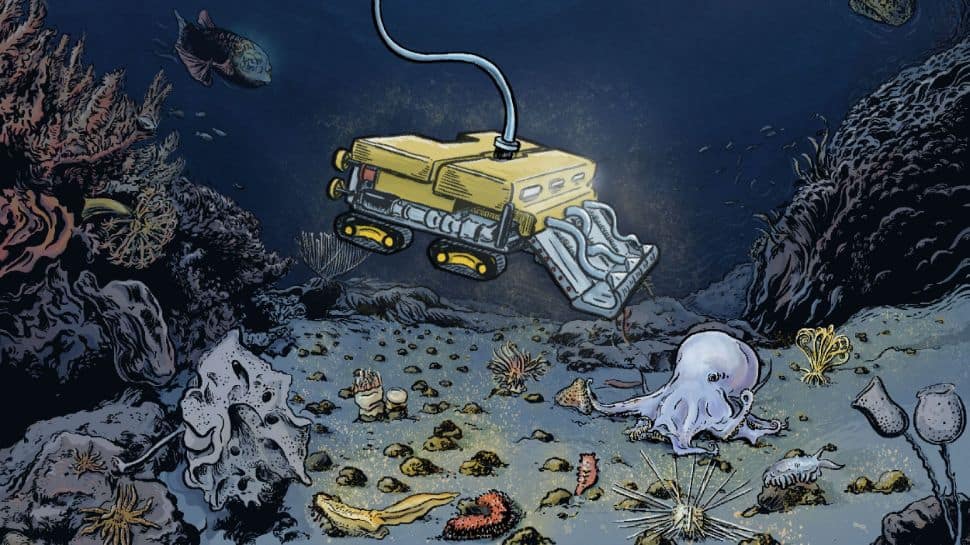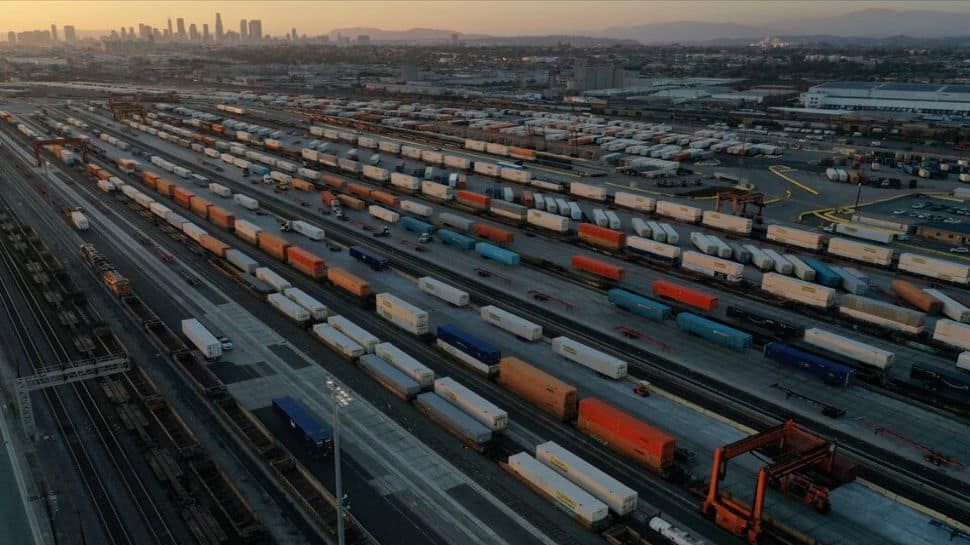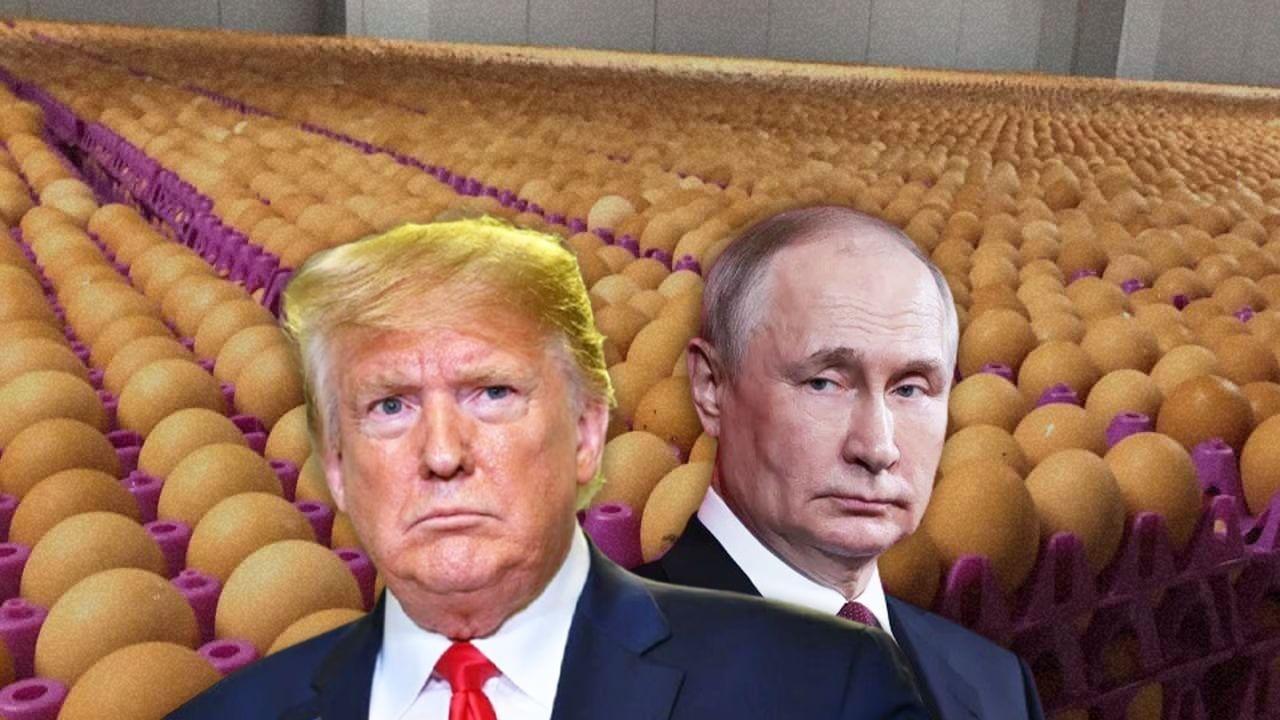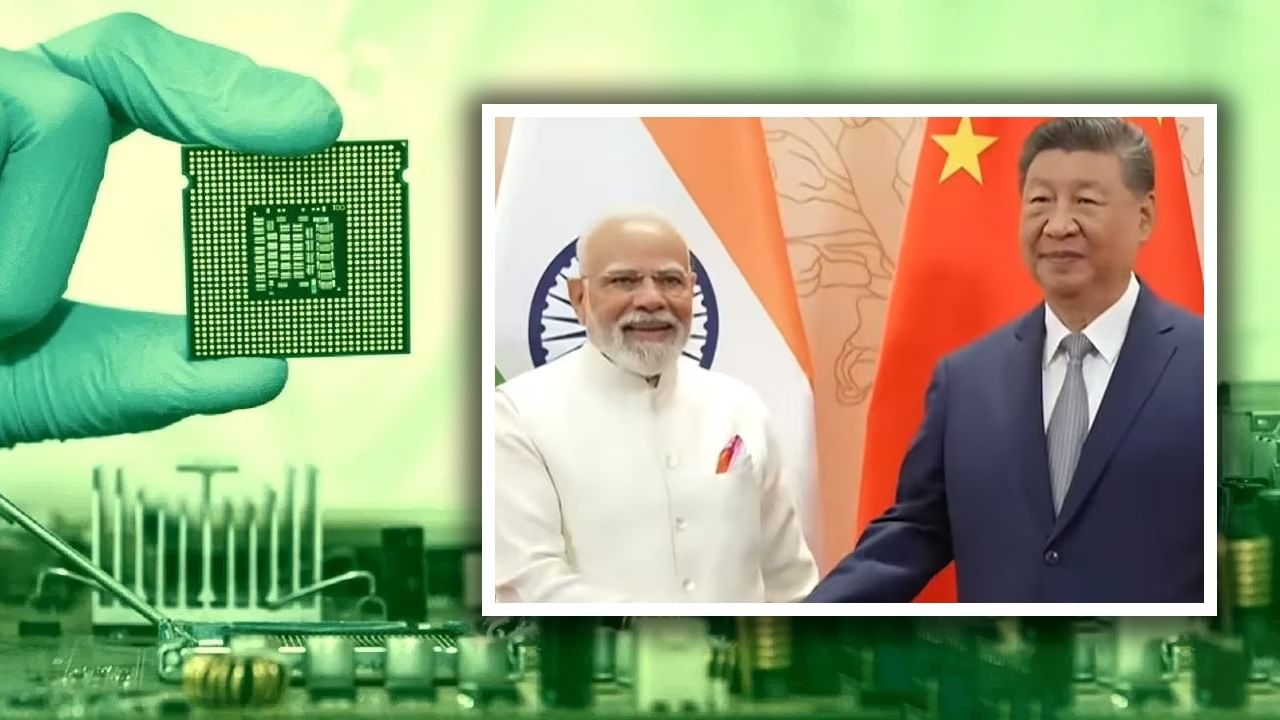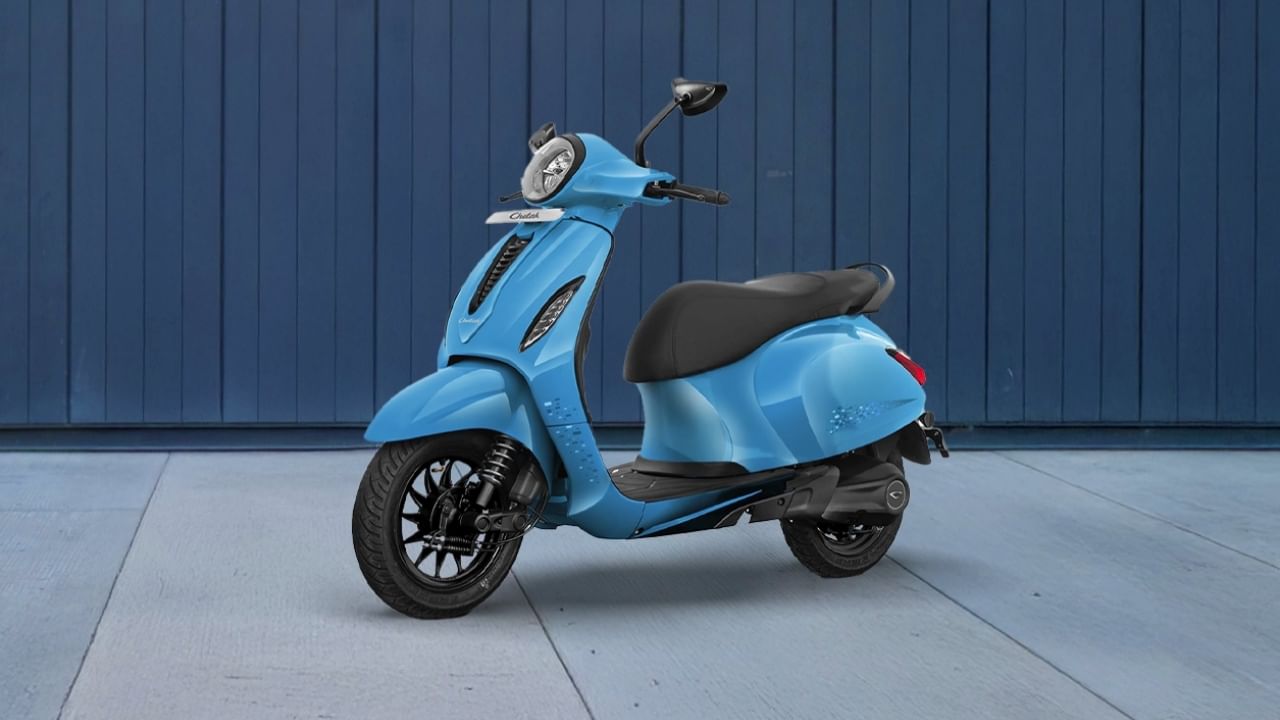Japan is pioneering a new frontier in resource extraction, preparing to mine rare earth elements from the ocean floor at…
Browsing: Supply Chain
Discover the sheer scale of the United States’ railway network, the largest on Earth. Stretching over 220,000 kilometers, these tracks…
The world is witnessing a heightened geopolitical race for rare earth elements following China’s implementation of new, stringent export controls.…
Jaguar and Land Rover are facing a significant crisis, with their global production lines idled for over two weeks following…
Jaguar Land Rover’s global production facilities have been shut down for three weeks following a cyberattack that began on September…
Following the recent Apple event, the iPhone 17 Series and iPhone Air were launched, generating significant interest. Pre-orders opened on…
The Indian automotive sector, a cornerstone of the nation’s economy, faces challenges due to global disruptions. The Ministry of Commerce…
The United States imported eggs from Russia in July 2025, a move not seen since 1992, as reported by RIA…
The recent interaction between Prime Minister Narendra Modi and Chinese President Xi Jinping has instilled considerable optimism in the Indian…
Bajaj Auto has restarted production of the Chetak electric scooter, resolving the supply chain issue caused by a shortage of…


